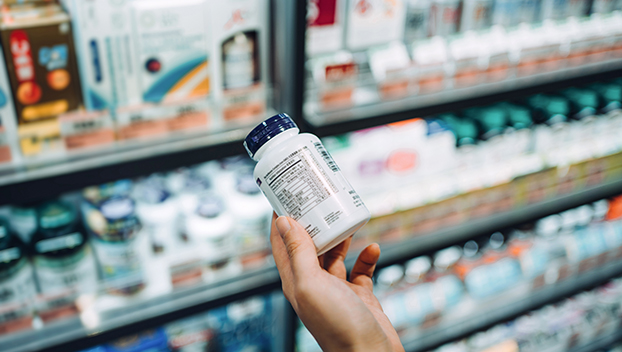HEALTHY LIVING — How to prevent bone loss in senior adults
Published 12:04 am Saturday, September 23, 2023

- Vitamin D is important for the body to absorb calcium from the diet.
|
Getting your Trinity Audio player ready...
|
As we achieve “senior status” in life just one of the many changes in our bodies is bone loss, known as osteopenia and osteoporosis.
Unfortunately, otherwise healthy folks that don’t see a doctor regularly, do not find out they have been affected by this until they have fallen and broken a bone. Even simple falls can often result in multiple fractures.
Peak bone mass (solidness and strength) is achieved about age 30, after that calcium begins to be reabsorbed into the body. There are many factors that accelerate this, smoking, drinking more than 2-3 ounces of alcohol a day, a diet low in calcium, lack of resistance exercise, menopause, and taking certain medications such as corticosteroids.
Corticosteroids are medications prescribed for a wide range of diseases, including arthritis, asthma, inflammatory bowel disease, lupus and other diseases.
We most often hear of this as a woman’s condition, but men are also at risk for bone loss.
Even though bone loss usually occurs later in life compared to women, men can still be at high risk for osteoporosis. By age 65, men catch up to women and lose bone mass at the same rate.
Simple steps can be taken to prevent or slow bone loss. A diet high in calcium is important.
Such as, low-fat dairy products, milk, yogurt, cheese, and ice cream. Add dark green leafy vegetables, broccoli, collard greens, and spinach, along with, sardines with bones, salmon, tofu and nuts.
Vitamin D is important for the body to absorb calcium from the diet. Without enough vitamin D, people are unable to absorb calcium from the foods they eat.
When not enough calcium is absorbed from foods, the body must take calcium from the bones, causing bone loss and leading to weaker bones.
Get off the sofa. The best exercise to prevent bone loss is weight-bearing exercise that works against gravity.
These kinds of exercises include walking, hiking, jogging, climbing stairs, playing tennis and dancing. The second type of exercise is resistance.
As always, elderly people, people with osteoporosis, and folks who have not exercised for most of adulthood should check with their health-care provider before beginning any exercise program.
There are also several medications, available by prescription, used to treat more advanced cases of osteoporosis.
The best course of action is to be proactive, rather than reactive. Don’t wait for a fall resulting in a broken hip to alert you to this condition.
A bone density test is very quick, simple, and non-invasive. If you are not already fueling your body with good calcium sources, add them.
Stop smoking and reduce alcohol intake. Most importantly, get moving. A little effort can make a world of difference in how you will spend your golden years.
Jody Holton writes about health for Port Arthur Newsmedia. She can be reached at jholton3@gt.rr.com.





